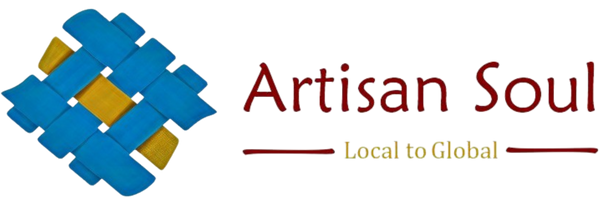
Unmasking the Chhau Mask
Share


CHHAU MASK
HISTORY
“Chhau” word has been derived from the Sanskrit word ‘Chaya’ means shadow or image. Although in Odiya language, some linkage has been suggested that the word has been derived from Sanskrit word, ‘Chadma’ means, disguise.
The history of the origin of Chhau Mask began during the reign of the King Madan Mohan Singh Deo of Bagmundi. The Chhau mask is traditionally associated with the age-old Chhau dance forms in Purulia district of West Bengal. The mask is worn during the performance of Chhau dance, mainly performed during the festivals, especially in Spring festival of Chaitra Parva and Sun festival in which the whole community participates.
PRESENT

It is the mask which creates the difference between Purulia Chhau from other two significant branches of Seraikala Chhau of Jharkhand and Mayurbhanj Chhau of Odisha. The Jharkhand counterpart involve masks which are rather simpler, small and evocative without the vibrancy of Purulia variants, while the Mayurbhanj type is an unmasked form. It is only the Purulia form that uses the large evocative performances, and allows the artist to morph into a character.
The Chhou mask is a traditional cultural heritage of Purulia in the Indian State of West Bengal. The Chhau Mask of Purulia is registered on the List of Geographical Indications and has received its GI Tag in 2018.
MAKING

The process of Chhau Mask making takes about two to seven days. The artists are known as Sutradhars. it involves different procedures, which starts with creating the layer of 8-10 soft papers immersed in diluted glue. Further, these paper layers are pasted on the mud mould. After the layers are created, a layer of fine ash powder is dusted on the paper pasted mud moulds. To create the facial features, the Sutradhars generally uses clay in addition, they apply a combination of cloth and mud special layer and sun-dry it. A special type of soil, high in sand content is used. After one sun dried process, other round of sun-dried process is undergone for the making. Further the mask goes through drilling of holes for making nose and eyes. Wood is also used to give proper shape to the masks. Sutradhars uses pastel colours in painting the masks. And at last, to decorate the masks, different ornaments, beads, natural dried and artificial flowers, tree roots and other decorative materials are used.
